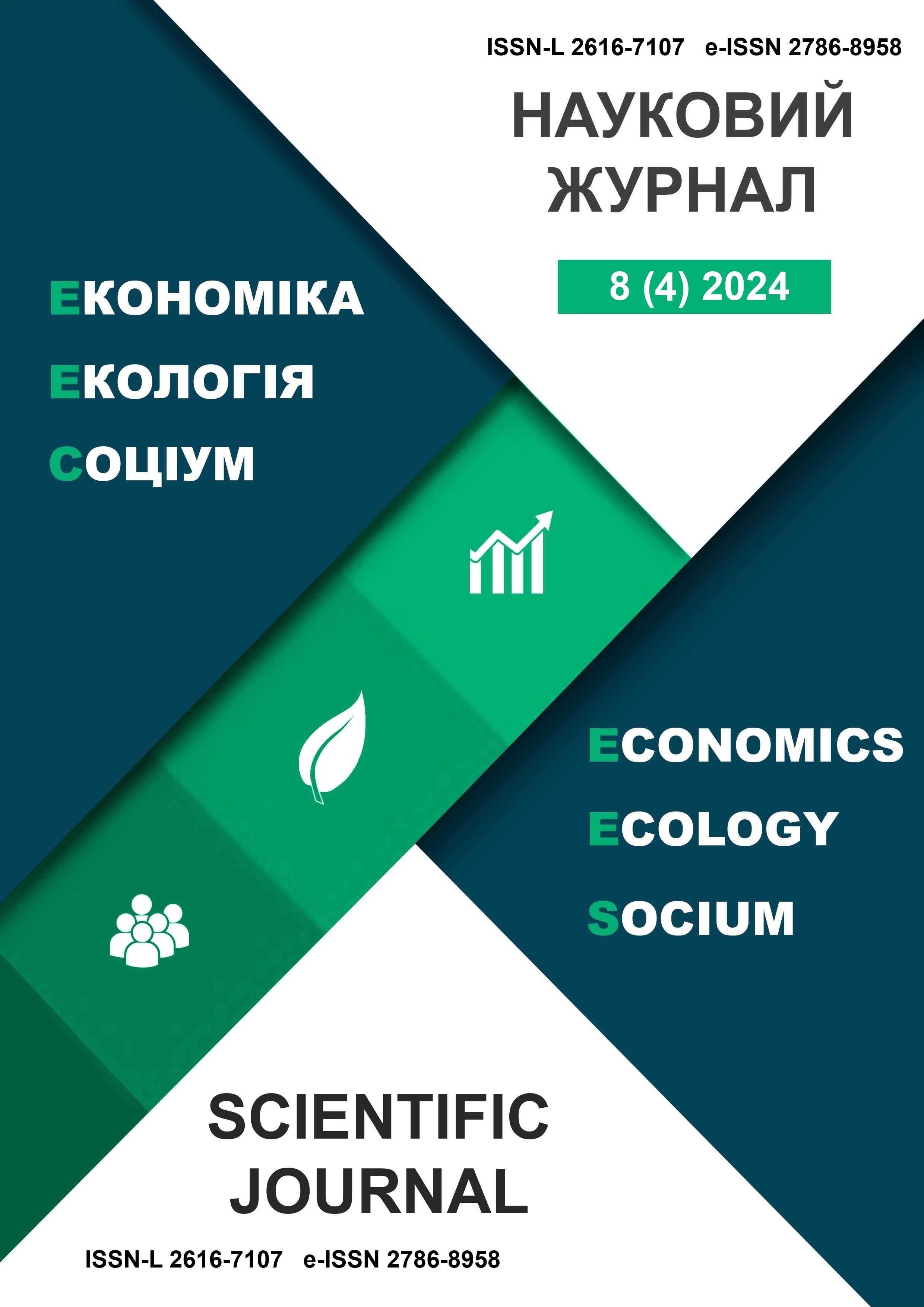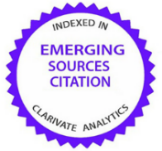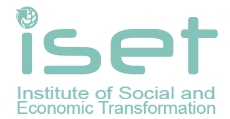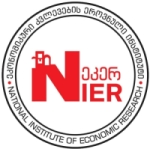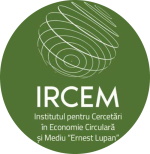Investment and Infrastructure Development Projects in Public–Private Partnerships in Ukraine
Abstract
Introduction. Acquiring sustainable development of the public-private partnership process is an urgent task, given the need for post-war reconstruction in Ukraine. Nowadays, development is suspended, which is experiencing an investment gap due to the risks and uncertainty of war conditions and insufficient guarantees for investors, an imperfect legal framework, and unresolved institutional problems. Therefore, the task of identifying obstacles to the development of public-private partnerships and improving their mechanisms arises.
Aim and tasks. The study aims to analyse investment and infrastructure development projects within the framework of public-private partnership in Ukraine, identify barriers to sustainable development, assess the prospects for external financing and the need for private investment, develop proposals to increase the level of guarantees for investors and improve the mechanism of public-private partnership.
Results. The need to change the principles of evaluating public-private partnership projects is indicated to facilitate the formation of a new paradigm of cooperation between society, business, and institutional structures during the post-war reconstruction of Ukraine. Obstacles to developing public-private partnerships, exceptionally high risks for investors, significant uncertainty caused by the war, insufficient investment guarantees, and the way to acquire a dynamic public-private partnership financial model are indicated. It is proposed that projects aimed at redistributing risks between project participants be diversified and fragmented, which will facilitate the involvement of SMEs in the public-private partnership mechanism. New approaches are proposed to increase the level of guarantees to investors and measures to improve the public-private partnership mechanism, which will provide the prerequisites for sustainable development.
Conclusions. The conducted analysis showed that the improved mechanism of public-private partnership would reduce the risks of external investment by 28% and increase the chance of returning insured loans in case of failure by 11.9%, which increases guarantees for external creditors. This indicates that the total share of private investment in public-private partnership projects should reach 67%, and external investment should provide 75% of the total volume of investments.
Keywords:
public-private partnership, stable foundations, infrastructure investment, project financing, economic recovery.References
Arezki, R. (2020). Developing public-private partnership initiatives in the Middle East and North Africa: From public debt to maximizing finance for development. Journal of Infrastructure, Policy and Development, 4(1), 73–86. https://doi.org/10.24294/jipd.v4i1.1167
Bairak, А. (2020). Theoretical and methodical approaches for forming sustainable relations in public-private partnership in the medical industry of Ukraine. Scientific Works of Donetsk State University of Management. Series: Economical, 1(22), 58–65. https://doi.org/10.31474/1680-0044-2020-1(22)-58-65
Batjargal, T., & Zhang, M. (2022). Review on the Public-Private Partnership. Management Studies, 10(1). https://doi.org/10.17265/2328-2185/2022.01.001
Bolomope, M. T., Baffour, A. K. G., Amidu, A.-R., & Filippova, O. (2021). The challenges of access to local finance for PPP infrastructure project delivery in Nigeria. Journal of Financial Management of Property and Construction, 26(1), 63–86. https://doi.org/10.1108/JFMPC-10-2019-0078
Bоhuslаvskа, S. (2023). The use of public-private partnership instruments for the post-war recovery of Ukraine’s economy. Business Inform, 10(549), 76–85. https://doi.org/10.32983/2222-4459-2023-10-76-85
Casady, C. B., Eriksson, K., Levitt, R. E., & Scott, W. R. (2019). (Re)defining public-private partnerships (PPPs) in the new public governance (NPG) paradigm: An institutional maturity perspective. Public Management Review, 22(2), 161–183. https://doi.org/10.1080/14719037.2019.1577909
Chainalysis Blockchain Data Platform. (2024). The 2024 geography of crypto report. https://go.chainalysis.com/2024-geography-of-cryptocurrency-report.html
Chen, C., Yu, Y., Osei-Kyei, R., Chan, A. P. C., & Xu, J. (2019). Developing a project sustainability index for sustainable development in transnational public-private partnership projects. Sustainable Development, 27(6), 1034–1048. https://doi.org/10.1002/sd.1954
Clark, R. M., & Hakim, S. (2019). Public–private partnerships and their use in protecting critical infrastructure. In Competitive government: Public-private partnerships: Construction, protection, and rehabilitation of critical infrastructure (pp. 1–15). Springer. https://doi.org/10.1007/978-3-030-24600-6_1
Cui, C., Liu, Y., Hope, A., & Wang, J. (2018). Review of studies on the public–private partnerships (PPP) for infrastructure projects. International Journal of Project Management, 36(5), 773–794. https://doi.org/10.1016/j.ijproman.2018.03.004
Dorosh, V., Makhmer, R., & Dorosh, V. (2023). The mechanism of implementation of public-private partnership in the post-war transformation of Ukraine. Economic Sciences: A Collection of Scientific Works of the Lutsk National Technical University, 20(79), 27–36. https://journals.indexcopernicus.com/api/file/viewByFileId/1999482
European Investment Bank. (2024a). Market update: Review of the European public-private partnership market in 2023. https://www.eib.org/en/publications/20240030-market-update-2023
European Investment Bank. (2024b). Global Emerging Markets Risk Database (GEMs) Consortium: Default and recovery statistics, private and public lending 1994–2023. https://www.eib.org/en/publications/20240217-default-and-recovery-statistics-private-and-public-lending-1994-2023
Fay, M., Martimort, D., & Straub, S. (2021). Funding and financing infrastructure: The joint-use of public and private finance. Journal of Development Economics, 150, 102629. https://doi.org/10.1016/j.jdeveco.2021.102629
Kang, S., Mulaphong, D., Hwang, E., & Chang, C. K. (2019). Public-private partnerships in developing countries: Factors for successful adoption and implementation. International Journal of Public Sector Management, 32(4), 334–351. https://doi.org/10.1108/IJPSM-01-2018-0001
Kuzior, A., Liashenko, V., Petrova, I., & Serdiuk, O. (2023). Integrated models of the combination of EU grant funding and private funding in the energy sector of Ukraine based on public-private partnership. Polityka Energetyczna, 26(4), 165–194. https://doi.org/10.33223/epj/171325
Makavsek, D., & Moszoro, M. (2018). Risk pricing inefficiency in public-private partnerships. Transport Reviews, 38(3), 298–321. https://doi.org/10.1080/01441647.2017.1324925
Malik, S., & Kaur, S. (2022). Determinants of public–private partnerships: An empirical analysis of Asia. Transforming Government: People, Process and Policy, 16(3), 261–276. https://doi.org/10.1108/TG-10-2021-0163
Maurya, D., & Srivastava, A. K. (2019). Managing partner opportunism in public-private partnerships: The dynamics of governance adaptation. Public Management Review, 21(10), 1420–1442. https://doi.org/10.1080/14719037.2018.1559341
Ministry of Finance of Ukraine. (2024). Results of the evaluation of the concepts of public investment projects submitted by the main managers of budget funds during the preparation of the Budget Declaration for 2025–2027. https://mof.gov.ua/uk/unified_portfolio_of_public_investment_projects_list_of_priority_public_investment_projects-749
Morar, D. (2021). Directions of development of public-private partnership in the agricultural sector of Ukraine’s economy. Investments: Practice and Experience, 10, 89–95. https://doi.org/10.32702/23066814.2021.10.89
Mostovyi, V. O. (2020). The main obstacles to the implementation of public-private partnerships in Ukraine. Public Management and Administration in Ukraine, 19, 132–138. https://doi.org/10.32843/pma2663-5240-2020.19.24
Narbaev, T., Marco, A. D., & Orazalin, N. (2019). A multi-disciplinary meta-review of the public-private partnerships research. Construction Management and Economics, 38(2), 109–125. https://doi.org/10.1080/01446193.2019.1643033
Osei-Kyei, R., Chan, A. P. C., & Ameyaw, E. E. (2017). A fuzzy synthetic evaluation analysis of operational management critical success factors for public-private partnership infrastructure projects. Benchmarking: An International Journal, 24(7), 2092–2112. https://doi.org/10.1108/BIJ-07-2016-0111
Sanni, A. O. (2021). Framework for public sector participation in public-private partnership projects in Nigeria. International Journal of Technological Learning, Innovation and Development, 13(1), 1–23. https://doi.org/10.1504/IJTLID.2021.114916
Sehgal, R., & Dubey, A. M. (2019). Identification of critical success factors for public–private partnership projects. Journal of Public Affairs, 19(4), e1956. https://doi.org/10.1002/pa.1956
Shi, L., He, Y., Onishi, M., & Kobayashi, K. (2018). Efficiency analysis of government subsidy and performance guarantee policies in relation to PPP infrastructure projects. Mathematical Problems in Engineering, 1, 6196218. https://doi.org/10.1155/2018/6196218
Stakhova, O. (2020). The theoretical and methodological aspects of the preparation and implementation of public private partnership projects in Ukraine. Public Administration and National Security, 6. https://doi.org/10.25313/2617-572X-2020-6-6086
Strasser, S., Stauber, C., Shrivastava, R., Riley, P., & O’Qui, K. (2021). Collective insights of public-private partnership impacts and sustainability: A qualitative analysis. PLOS ONE, 16(7), 1–18. https://doi.org/10.1371/journal.pone.0254495
Tan, J., & Zhao, J. Z. (2019). The rise of public-private partnerships in China: An effective financing approach for infrastructure investment. Public Administration Review, 79(4), 514–518. https://doi.org/10.1111/puar.13046
Toe, S. (2021). Public-private partnerships as predictors of success: Lessons from the education sector in post-war Liberia. In Routledge Handbook of Public Policy in Africa (pp. 411–422). Routledge.
Vu, H., Sandanayake, M., & Zhang, G. (2023). Factors affecting the readiness of user-pay public–private partnership procurement for infrastructure projects: A comparison between developed and emerging economies. Knowledge, 3, 384–400. https://doi.org/10.3390/knowledge3030026
Wibowo, A. (2024). Ex ante required rates of return and related factors in Indonesian PPP infrastructure projects. Built Environment Project and Asset Management, 14(2), 228–243. https://doi.org/10.1108/BEPAM-06-2023-0113
World Bank. (2023a). Ukraine. Third Rapid Damage and Needs Assessment (RDNA3). https://documents.worldbank.org/pt/publication/documents-reports/documentdetail/099021324115085807/p1801741bea12c012189ca16d95d8c2556a
World Bank. (2023b). Private Participation in Infrastructure (PPI). Annual Report. https://ppi.worldbank.org/content/dam/PPI/documents/PPI-2023-Annual-Report-Final.pdf
World Bank. (2023c). Ukraine Rapid Damage and Needs Assessment. https://documents.worldbank.org/curated/en/099184503212328877/P1801740d1177f03c0ab180057556615497
Yu, P. S., Chen, Z. Z., & Sun, J. (2018). Innovative financing: An empirical study on public-private partnership securitisation in China. Australian Economic Papers, 57(3), 394–425. https://doi.org/10.1111/1467-8454.12120
Zulu, E., Mutwale, J., Zulu, S. L., Musonda, I., Kavishe, N., & Moobela, C. (2023). Challenges, drivers and incentives to private sector participation in public-private partnership projects in developing countries: Evidence from Zambia. Journal of Engineering, Design and Technology, 3, 1–20. https://doi.org/10.1108/jedt-03-2023-0092
If the article is accepted for publication in the journal «Economics. Ecology. Socium» the author must sign an agreementon transfer of copyright. The agreement is sent to the postal (original) or e-mail address (scanned copy) of the journal editions.
